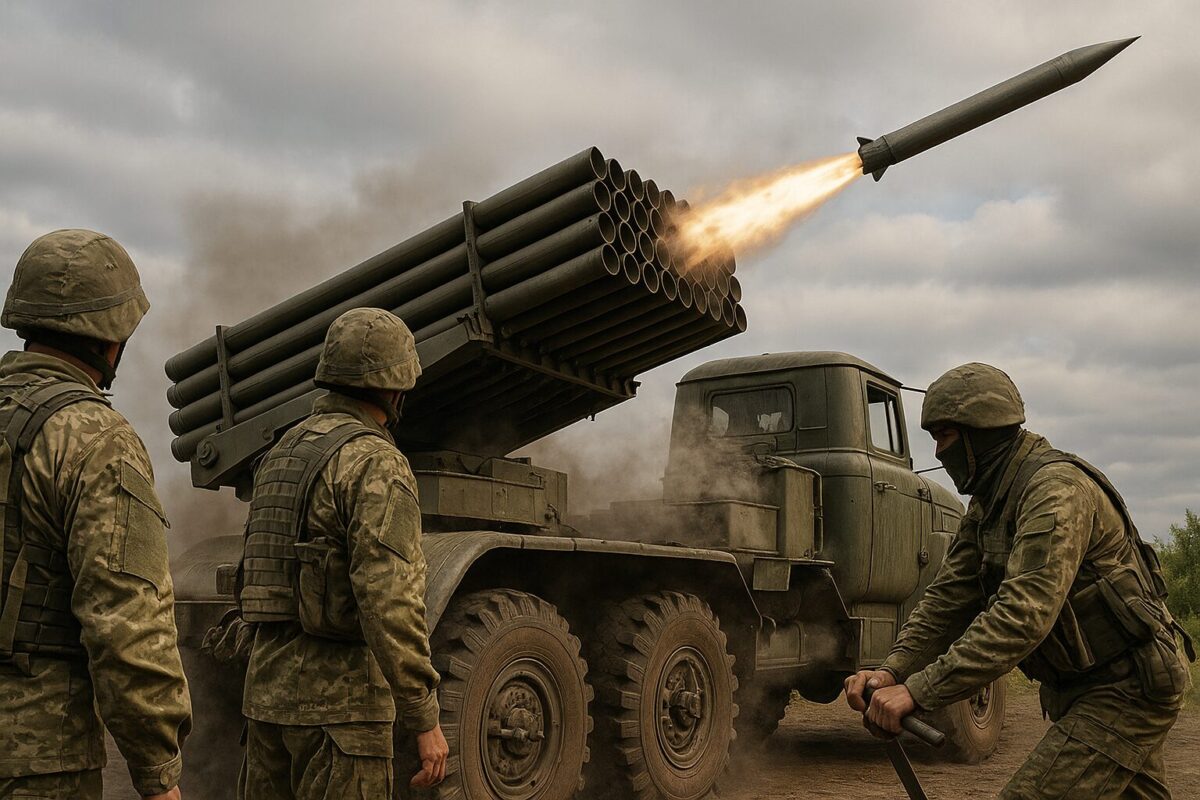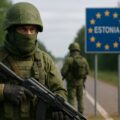
Hybrid War Against NATO: What If Russia Strikes the Baltics?
The world is watching the Baltics not because war has broken out, but because too many signals feel familiar. Analysts at Bloomberg Economics have mapped out a scenario for a military confrontation between Russia and NATO. It’s hypothetical but grounded in real data, historical patterns, and current trends. And that’s what makes it so alarming.
According to their model, the war would begin not with tanks, but with a provocation. A train from Moscow to Kaliningrad is halted in Lithuania. Russia claims it’s protecting its citizens. Troops cross the border. NATO activates Article 5. Within weeks, the world is plunged into the most serious security crisis since 1945 and global markets follow.
$1.5 trillion: the cost of year one
$1.5 trillion. That’s how much the global economy could lose in the first year of a NATO-Russia conflict, Bloomberg analysts estimate. That equals about 1.3 to 1.5% of global GDP. But the real damage is far from evenly distributed:
- Lithuania, Latvia, Estonia: GDP could shrink by up to 43%
- European Union: down 1.2%
- United States: down 0.7%
- China: down 0.9%
- Russia: down about 1%, despite already operating under sanctions and partial isolation
It’s a staggering hit especially for countries with limited room for economic maneuver or those already stretched by geopolitical stress.
A war without tanks: how hybrid conflict begins
Bloomberg’s scenario describes a hybrid war, not a conventional invasion. The trigger could be something as simple as a transit disruption, framed as a humanitarian crisis. Russia deploys troops under the pretext of “protecting civilians.” NATO, by treaty, must respond.
Why the Baltics? Because they are the most exposed part of the Alliance: geographically narrow, bordering Kaliningrad, and lacking the defensive depth of larger NATO members. The region is also home to critical infrastructure: undersea cables, ports, energy corridors. Its vulnerability is structural.
The first shockwave isn’t military it’s economic
Even if no bullets are fired, the first consequences would be:
- A crash in financial markets
- A spike in energy prices
- Disruptions to global supply chains
- A refugee surge from frontline regions
- Cyberattacks and infrastructure sabotage, especially in digital communications and transport
Undersea infrastructure once niche knowledge has become a front line. One attack on a cable or pipeline could cut off entire countries from energy or communications.
NATO is preparing but it may not be enough
NATO has increased its presence in the Baltics. Troops are stationed in Estonia, Latvia, Lithuania and Poland. But experts warn that response speed and political will remain vulnerable points. Bureaucracy, caution over escalation, and internal divisions slow collective action.
Russia exploits this uncertainty and uses it to test the West’s red lines. The risk of a hybrid incident grows, particularly in times of political transition or distraction in key NATO countries.
For Ukraine, this isn’t theory it’s lived experience
For Ukraine, Bloomberg’s scenario is not abstract. Everything being modeled for the Baltics has already happened here: staged provocations, “protection of Russian speakers,” disinformation, hybrid warfare. And if a NATO–Russia conflict begins, Ukraine will feel the consequences immediately.
- Energy prices will soar worsening inflation and supply issues.
- Global markets will shudder complicating investment, aid, and debt management.
- Logistics and exports could collapse a heavy blow for a country already facing restricted sea routes.
- Western political focus could shift reducing the bandwidth for supporting Ukraine’s war effort.
A real scenario and a sobering question
This isn’t fearmongering. It’s a cold scenario backed by numbers. The $1.5 trillion impact isn’t speculative fiction. It’s a reminder that no conflict remains local in today’s globalized world.
Everything is connected energy, security, finance, migration. If something breaks in the Baltics, the aftershocks will travel fast.
And for Ukraine, the central question is clear: if a new front opens in Europe, will we still be a priority or a footnote?














